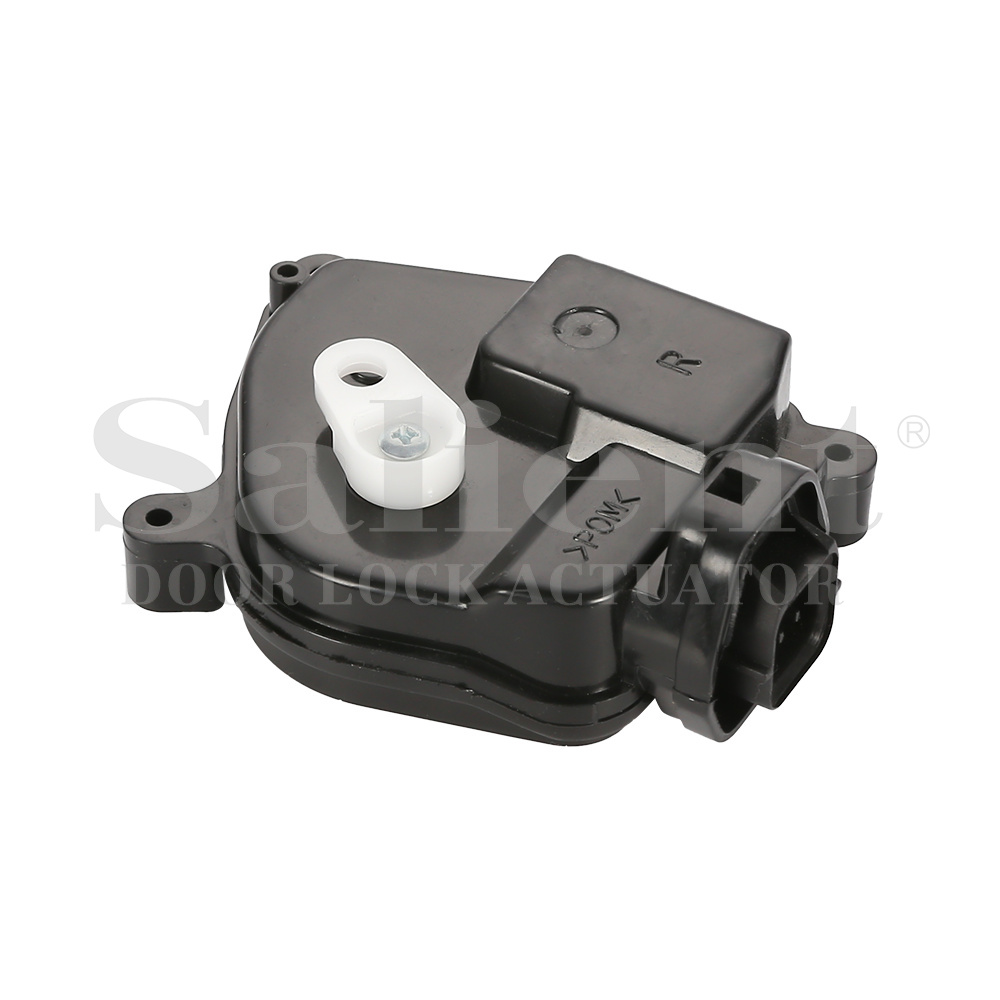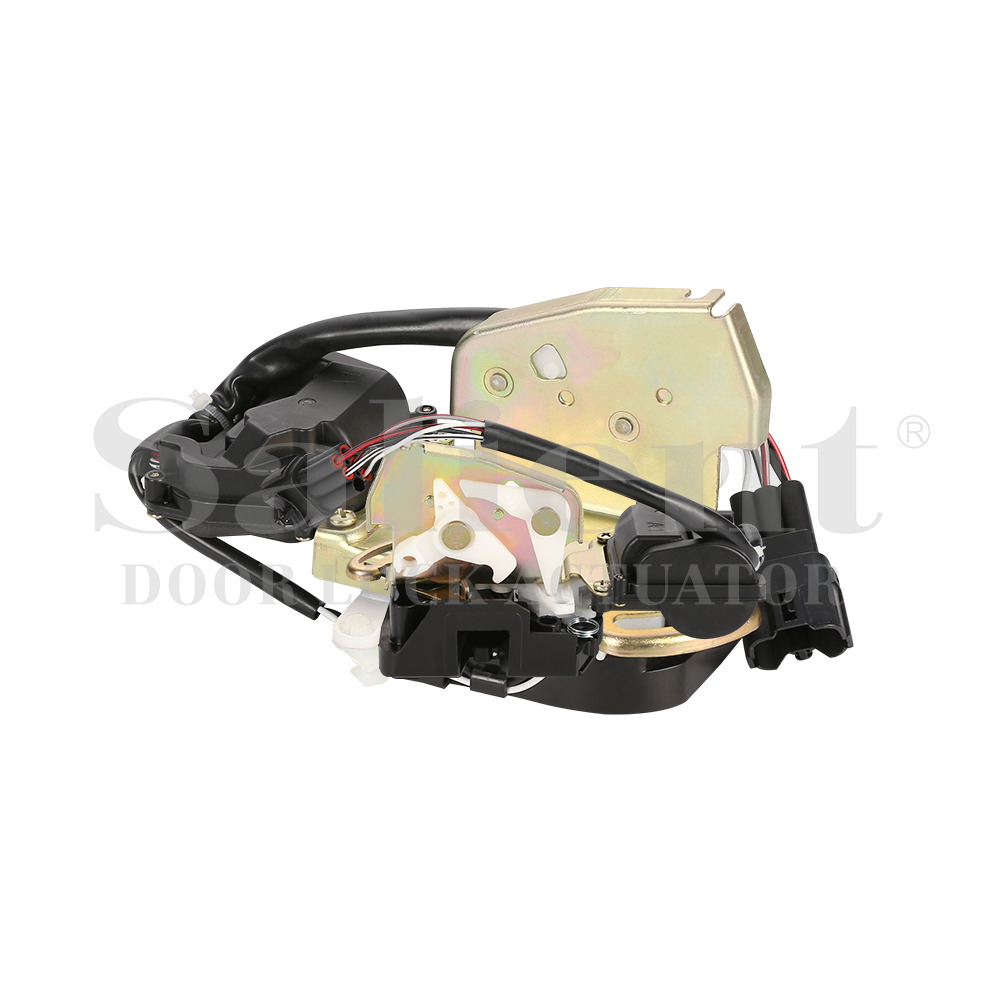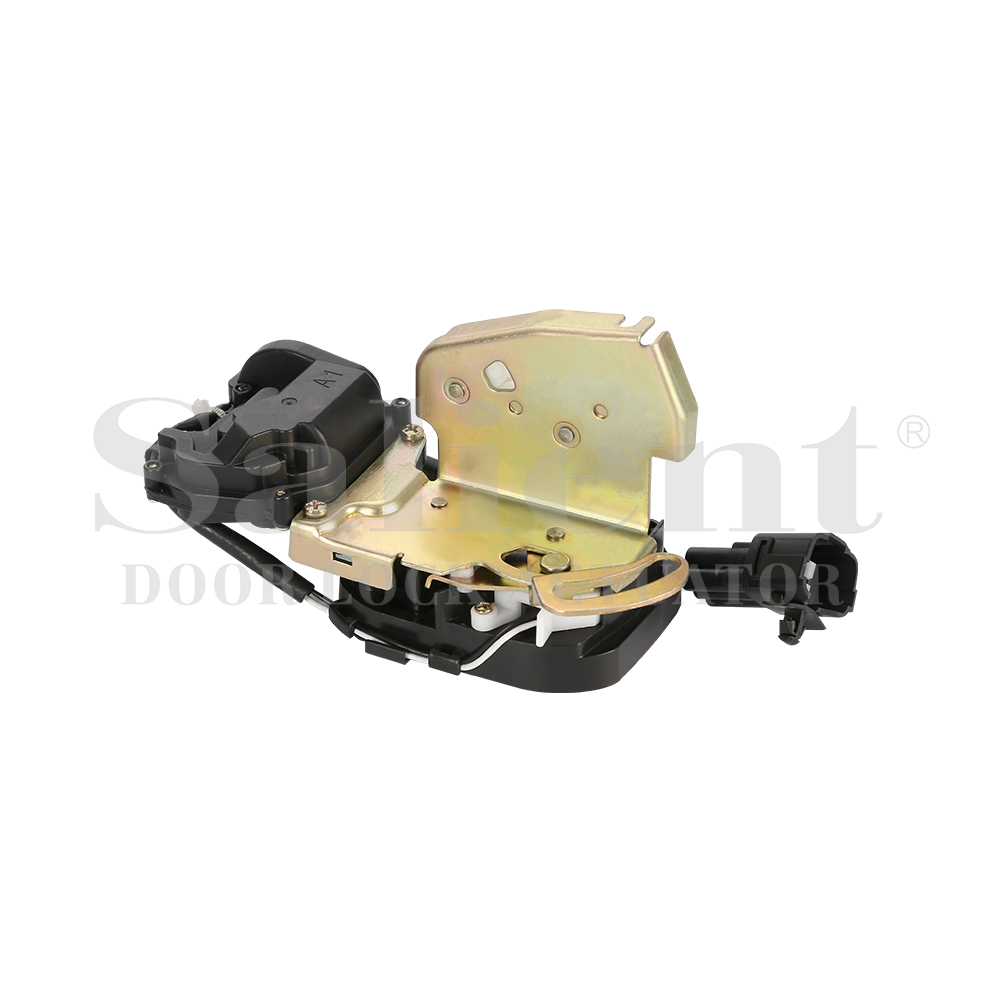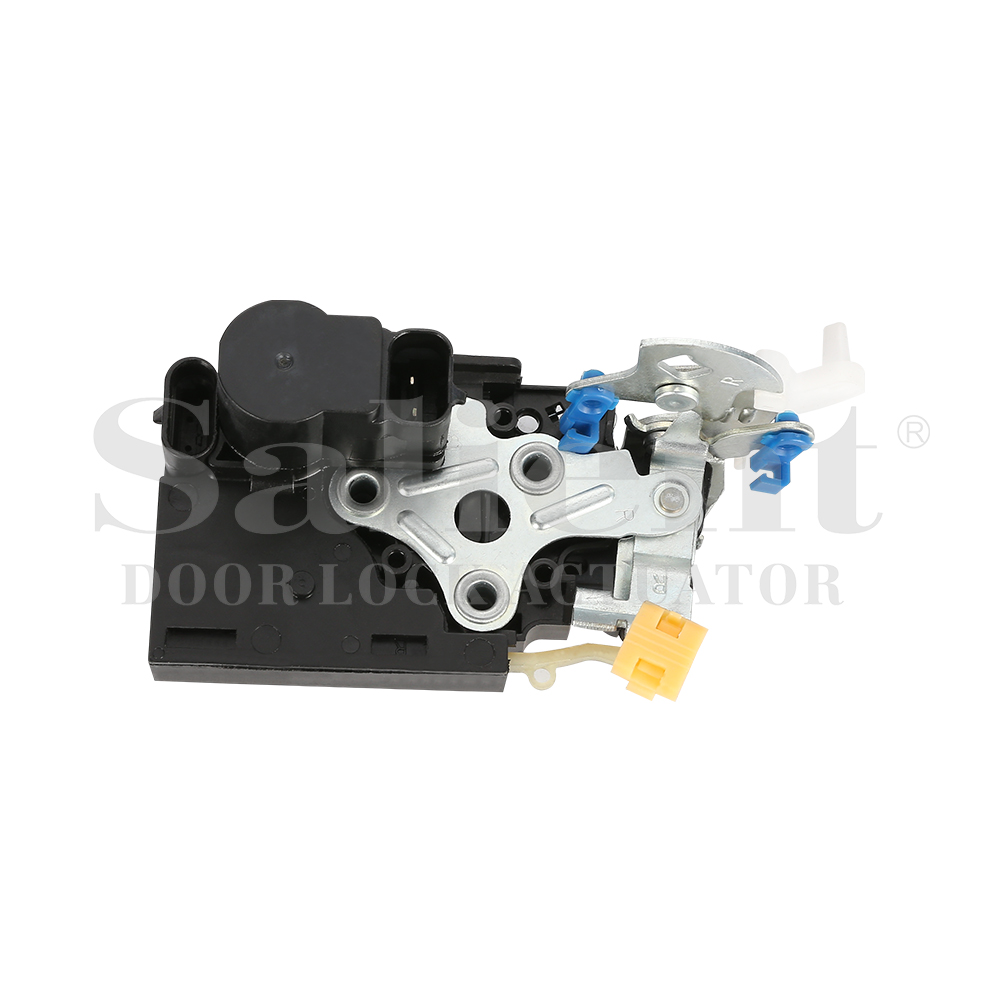The ignition coil plays a crucial role in a car's ignition system by transforming the low-voltage electricity from the battery into the high-voltage electricity needed to ignite the fuel-air mixture in the engine's combustion chambers. Essentially, the purpose of the ignition coil is to produce a high-voltage spark at the right time to initiate combustion in the engine cylinders.
Here's how the process works:
Voltage Step-Up: The ignition coil is a type of transformer that steps up the voltage supplied by the car's battery, typically 12 volts, to thousands of volts, often around 20,000 to 30,000 volts. This high-voltage electricity is necessary to create a strong spark across the spark plug gap.
Timing Control: The ignition coil is controlled by the car's engine control unit (ECU) or ignition system module, which precisely times the release of the high-voltage spark to coincide with the optimal moment in the engine's four-stroke cycle. This ensures efficient combustion and engine performance.

Spark Generation: When the ignition system module signals the ignition coil to fire, the coil rapidly builds up a magnetic field. When the signal is sent to stop the primary current flow, the collapsing magnetic field induces a high-voltage current in the secondary winding of the coil. This sudden surge of electricity generates the spark at the spark plug.
Ignition of Fuel-Air Mixture: The high-voltage spark jumps across the spark plug gap, igniting the compressed fuel-air mixture in the engine cylinder. This combustion process produces the energy needed to power the vehicle.
The ignition coil serves as the intermediary between the car's battery and the spark plugs, converting low-voltage electricity into high-voltage sparks to initiate combustion in the engine. Without functioning ignition coils, the engine would not be able to start or run properly, leading to poor performance and potential engine damage.


 English
English Español
Español

.jpg)
-1.jpg)





.jpg)
.jpg)
-1.jpg)
.jpg)

